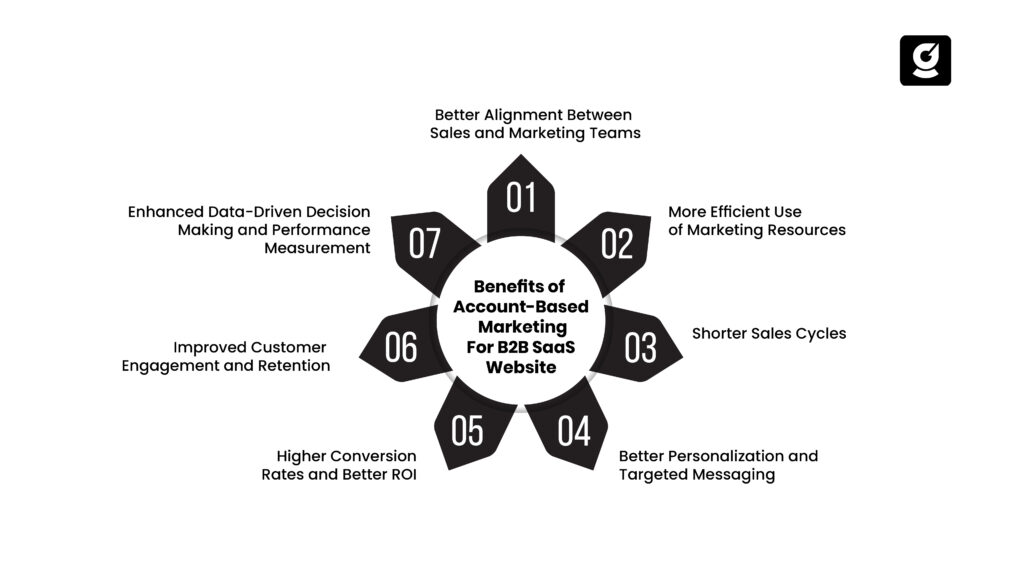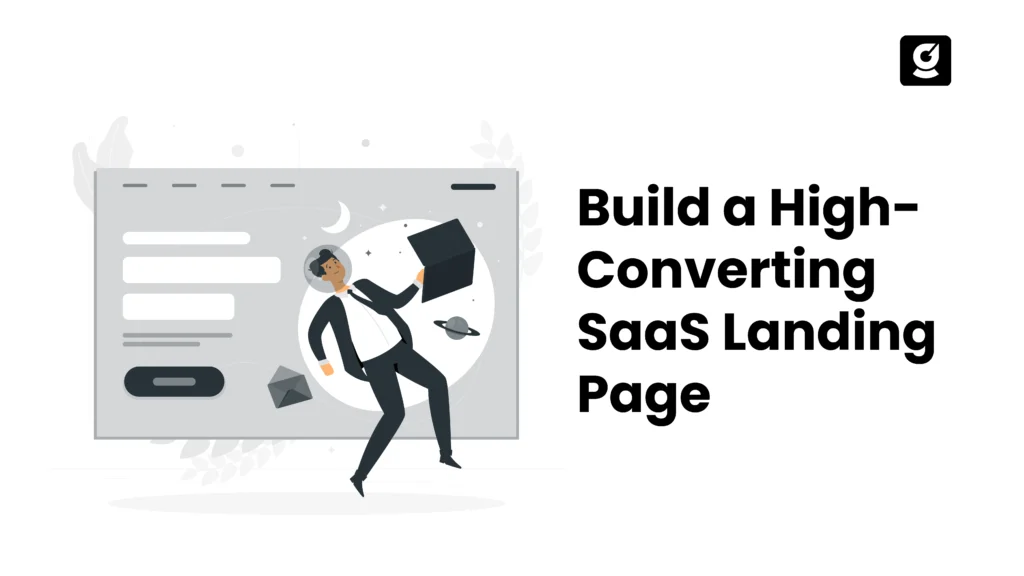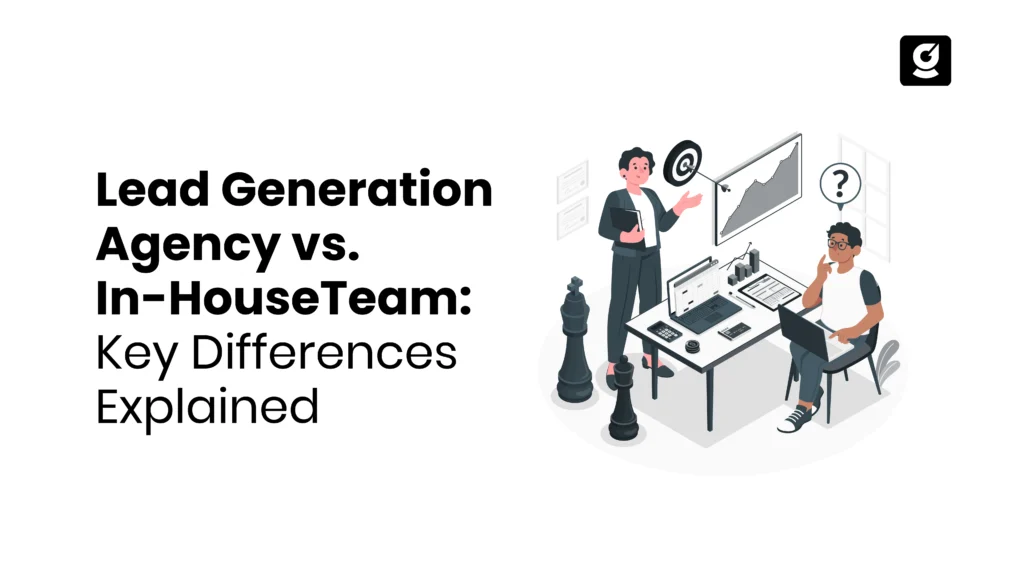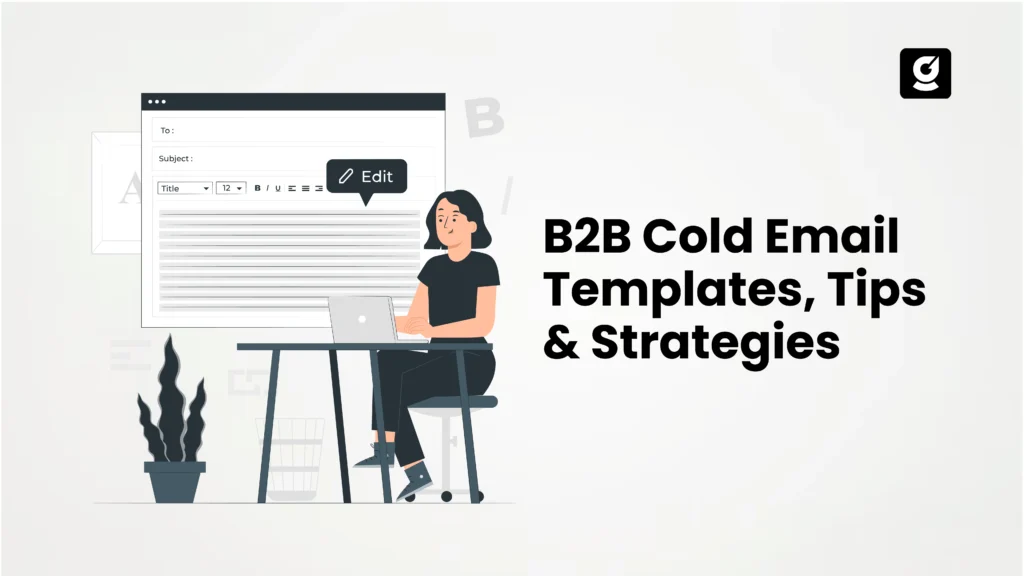Account Based Marketing, ABM, is a strategy that quite a good number of B2B SaaS companies are using today to generate growth. Rather than casting a wide net and hoping for a few good leads, ABM zeros in on a tight group of high‑value accounts and treats each like its own market. Simply put, you tailor your marketing to specifically speak to the companies that you care about most.
In this blog article, we will discuss the top seven benefits of ABM marketing & why it is an awesome strategy for website SaaS B2B.
What is Account‑Based Marketing (ABM)?
Team marketing and sales collaborate to identify and engage a small number of potential customers. These customers, referred to as “target accounts”, are selected because they fit your ideal customer profile (ICP) and have a higher chance of benefiting from your SaaS product.
Instead of blasting the same message to thousands of individuals, ABM allows you to market to specific accounts. This means each message or piece of content is tailored to a company’s specific dilemmas and requirements. Account Based Marketing is an avenue where every account is like a “market of one,” a concentrated and well-planned method.
Why Do B2B SaaS Companies Need ABM?
The sales process can be lengthy and complex for B2B SaaS companies. The buying decision can be influenced by many factors, and having more decision‑makers can make that more complicated. What ABM does is make this process easier and more efficient, by lit up your other customers and focusing your efforts on those most likely to convert. Because ABM focuses on quality over quantity, it also minimizes wasted time and resources and makes it easier to speed up the close process.
Now let’s look into the seven key benefits that ABM brings to B2B SaaS websites.
Benefits of Account-Based Marketing For B2B SaaS Website

1. Better Alignment Between Sales and Marketing Teams
One of the biggest advantages of ABM is that it brings together your sales and marketing teams under one shared goal. When both teams work side by side, they can choose the right target accounts together and decide on the best way to approach them.
In a traditional marketing strategy, sales and marketing often work independently, leading to confusion and missed opportunities. With ABM, the teams communicate clearly about which accounts are most promising. They share feedback on what types of content work best and how the prospects are responding. This close collaboration results in more effective and consistent messaging for each high‑value account.
In simple terms, better alignment means that your whole team is rowing in the same direction, increasing the chances of converting leads into paying customers.
2. More Efficient Use of Marketing Resources
Traditional marketing often involves a “spray-and‑pray” approach. You try to reach as many people as possible, even if many of them are not interested in your product. This method can be expensive and time‑consuming, and may lead to low‑quality leads.
ABM helps you use your resources more efficiently by narrowing your focus. Instead of spending budget and time on a broad audience, you spend it on a carefully selected list of high‑potential accounts. This precision reduces waste and allows your team to put more energy into creating personalized content for each account.
For example, if you know that a certain group of companies is a great match for your SaaS product, your marketing team can create bespoke emails, ads, and content for just those companies. As a result, you do not waste money on audiences less likely to convert. This efficiency maximizes your return on investment (ROI) and makes your marketing budget go much further.
3. Shorter Sales Cycles
We expect to talk to customer prospects and close deals quickly, but the reality is that with B2B sales, it can take a long time to turn a prospect into a customer. The sales cycle may consist of multiple stages involving many decision‑makers, leading to a lengthy final decision process. Instead, ABM nips the long process before it even begins by identifying the right people from the very beginning.
By targeting high‑value accounts, you can tailor your messages to the talking points/needs of those companies. It speeds up the trust gain and gives prospects a transparent view of how your product solves their problems.
Shorter sales cycles mean that your company closes more deals in less time, which translates to faster revenue growth. In simple words, ABM helps you win business sooner by streamlining the journey from a lead to a converted customer.
4. Better Personalization and Targeted Messaging
ABM is all about personalization. Because you are working with a small number of selective accounts, you can develop bespoke messaging that directly addresses their specific pain points, niches, and objectives. Gone are the days of hit-or-miss emails, or ads sent at the same time to your entire list, because now you have the time and resources to look into each account individually and come up with messaging that speaks to them.
For a SaaS company, this might include personalized demos, case studies that relate to a specific industry, or even custom landing pages designed to address the pain points of a target account. This level of personalization shows that you truly understand the prospect’s needs, which helps in building a strong connection with them.
Personalized messaging increases engagement because it gives the prospect the feeling that the offer was made just for them. This not only boosts the likelihood of conversion but also enhances the overall customer experience.
5. Higher Conversion Rates and Better ROI
When you use ABM, you are not just aiming to get as many leads as possible; you want high‑quality leads that convert into customers. Because you focus on the accounts that closely match your ideal customer profile, the probability of converting these leads is much higher. Each account receives targeted, relevant messaging that addresses their specific needs and challenges.
Higher conversion rates mean a higher chance that every dollar spent on marketing will eventually turn into revenue. And this enhanced ROI is the no. 1 benefit of ABM. Rather than wasting budget on wide net campaigns with dubious results, your marketing spend goes towards strategies that are tried and tested methods of attracting and converting high‑value leads.
Simply, ABM ensures you work smarter, not harder with your marketing budget resulting in better business results and sustainable growth.
6. Improved Customer Engagement and Retention
Having a great product is only half the battle. It is just as important to keep the customers engaged and satisfied. ABM allows people to cultivate these relationships with their customers by providing personalized attention throughout the customer journey.
By using ABM, you maintain close contact with your high‑value accounts post-sale. By way of personalized updates, tailored content, and ongoing support, you maintain growths in relationships with your customers. This proactive engagement not only leads to higher satisfaction but also opens the door to upselling and cross‑selling opportunities.
In the competitive SaaS market, customer retention is key. It’s often less expensive to retain a customer than to acquire a new one. By fostering strong relationships and providing continuous value, ABM helps you keep your customers happy, which can lead to long‑term loyalty and more consistent recurring revenue.
7. Enhanced Data-Driven Decision Making and Performance Measurement
ABM’s reliance on data is one of its biggest strengths. This allows you to dig in and get a better read on performance and better understand the way your marketing is influencing buying decisions. ABM enables you to monitor a variety of valuable metrics, including engagement rates, conversion percentages, and revenue attributed to each account.
GPS does in a store, this level of detail shows what strategies are paying off, and which ones are flawed. With clear data, you will take an educated guess that will still optimize your campaigns. For example, if you notice a certain messaging has been resonating more with a specific industry segment, you can alter your strategy to further double down on that message.
In simple words, ABM helps you measure what matters. With better data comes better decision-making, and better decisions lead to better business outcomes. You can test your ideas, refine your approach, and continuously improve your campaigns to ensure long‑term success.
Bringing It All Together: Implementing ABM for Your B2B SaaS Website
Now that you know the seven benefits of ABM, you might be wondering how to get started. Here are a few simple steps to help you begin your ABM journey:
- Identify Your Target Accounts
Start by creating a list of accounts that match your ideal customer profile (ICP). Look at companies that are the best fit for your SaaS product. Use both firmographic data (industry, company size) and technographic insights (technologies they use) to select your top prospects. - Align Your Sales and Marketing Teams
Ensure your sales and marketing teams meet regularly to discuss insights and update the target list. Share ideas on personalized messaging and agree on common goals for each account. - Develop Personalized Campaigns
Create custom content tailored for each target account. This might include personalized emails, dedicated landing pages, product demos, or case studies that address the specific pain points of the target company. - Choose the Right Channels
Decide which marketing channels work best for reaching your target accounts. For many B2B SaaS companies, platforms like LinkedIn are highly effective. But also consider email, retargeting ads, and even direct mail campaigns if they fit your budget. - Measure, Analyze, and Optimize
Track key metrics such as engagement, conversion rates, and revenue from each account. Use this data to tweak your campaigns and improve your return on investment continuously.
With these steps, your ABM strategy can transform your marketing efforts into a focused and effective growth engine.
Conclusion
Account-based marketing isn’t just another strategy, it’s precision growth for B2B SaaS. In a landscape where generic campaigns no longer cut through the noise, ABM helps you focus your energy on high-value accounts that truly move the needle. From shorter sales cycles to stronger client relationships and better ROI, the benefits of ABM are too impactful to ignore.
If you’re struggling to align sales and marketing or personalize your outreach at scale, it’s time to bring in the experts. B2B SaaS ABM marketing agencies like growth.cx are well-versed in implementing tailored ABM strategies that drive real, measurable results. Let the pros help you turn intent into impact and leads into lifetime customers.
FAQs
Is ABM suitable for early-stage SaaS startups?
ABM can work for early-stage SaaS startups if they target a few high-value accounts with limited resources. However, it requires deep research and personalization, which may strain small teams.
What tools or platforms are typically used to implement ABM?
BM tools include engagement platforms (Terminus, Demandbase), CRMs (Salesforce, HubSpot), intent data (6sense, Bombora), ad targeting (LinkedIn Ads), and personalization (Outreach, Mutiny) to streamline hyper-focused account campaigns.



